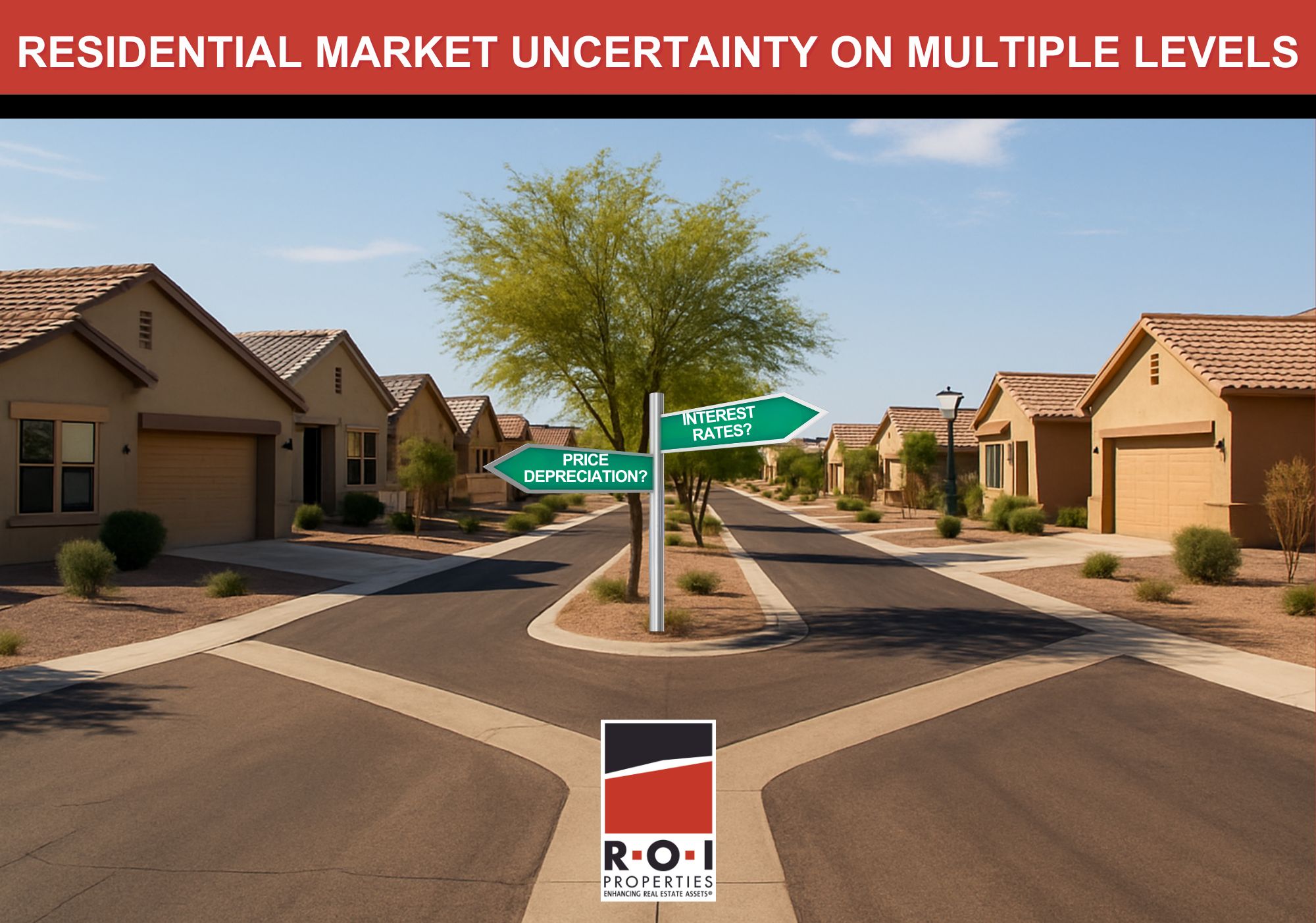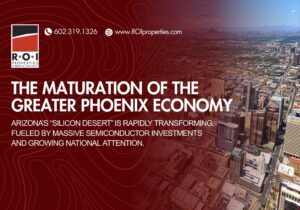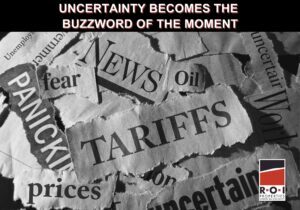In his remarks at the March meeting of the Federal Reserve, Chair Jerome Powell stressed uncertainty around the economic outlook—citing unknowns due to the potential impact of tariffs, tax proposals, and other economic policies put forth by the new administration. The Fed maintained its rates for a second meeting in a row, as it pursues a target inflation rate of 2%. But the Fed also gave a glimmer of hope to the mortgage industry, beyond any possible rate cuts: By slowing the reduction of their securities holdings, it could allow for mortgage rates to drift down.
Within the Greater Phoenix residential market, the Fed’s theme of uncertainty rings true. While some encouraging sales numbers have come out nationally, that is not the case in the Valley for the entry-level and move-up price ranges. Potential buyers have applied the brakes, while sellers have hit the gas on inventory, leaving the market stuck at the crossroads of persistently higher interest rates and increased appreciation during the past few years. For people wanting to build or remodel, there is concern about how tariffs may affect the price of raw materials such as lumber.
Adding to the overall uncertainty: A softening labor market and a small uptick in the state’s unemployment rate, according to the most recent stats from the Arizona Office of Economic Opportunity.
Impact on Luxury and Investor Markets
There are still plenty of buyers at the luxury and uber-luxury end, but some are spooked by the turbulent activity in the stock market, and deals have been cancelling as some buyers don’t want to tap into discretionary dollars.
Meanwhile, investors are active in the residential marketplace, looking for deals and armed with ample capital—trying to take advantage of uncertainty, with potentially lower pricing and other terms. Discounting is required to pique their interest. Depending on the circumstance, those opportunities may result from some level of distress, or simply urgency on the seller’s part.
Stats We’re Tracking
- As of the end of March, new listings were up 15.7% over Q1 2024—the most added to supply in Q1 since 2019.
- While demand rose a bit from February, it hasn’t been enough to absorb the level of new listings hitting the market, causing active homes for sale to linger and accumulate.
- Longer marketing times can lead to more cancelled and expired listings: 4,160 listing cancellations so far this year, up 28% over last year to date; a level not seen since 2015. Expired listings are up 53%, price reductions are up 76%.
- Contract activity is nearly level with last year at this time: closed sales up just +0.4% and contracts in escrow down just -0.4%.
- At the end of February, contracts over $1M were up 9% over 2024 and the highest count for week 8 recorded. In March, they were down 5% vs. 2024, although still notching the second highest count for week 12.
Learn More About Our Full-Service Brokerage Firm
Contact Us










